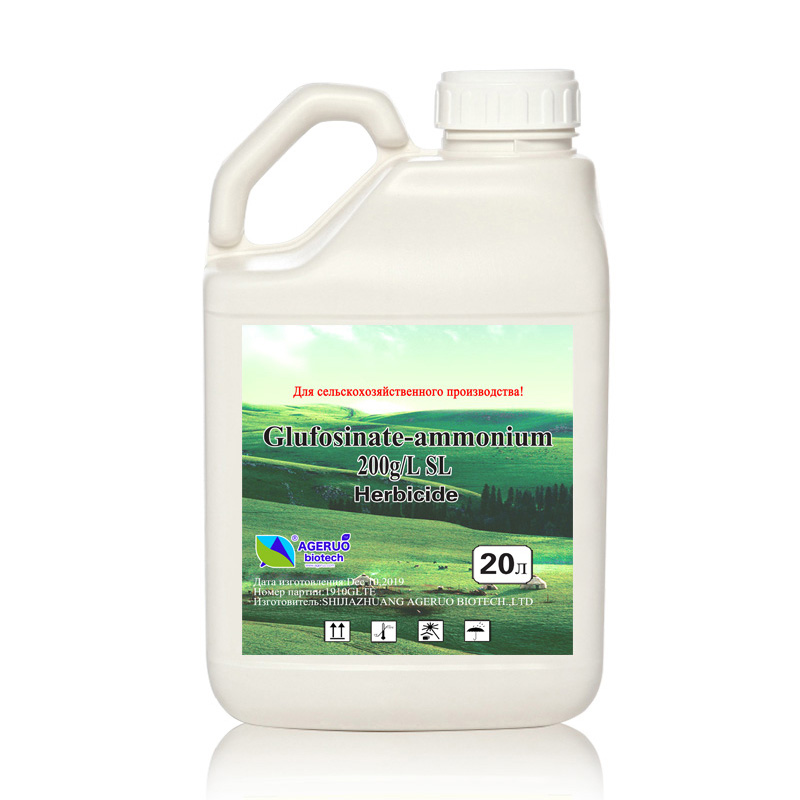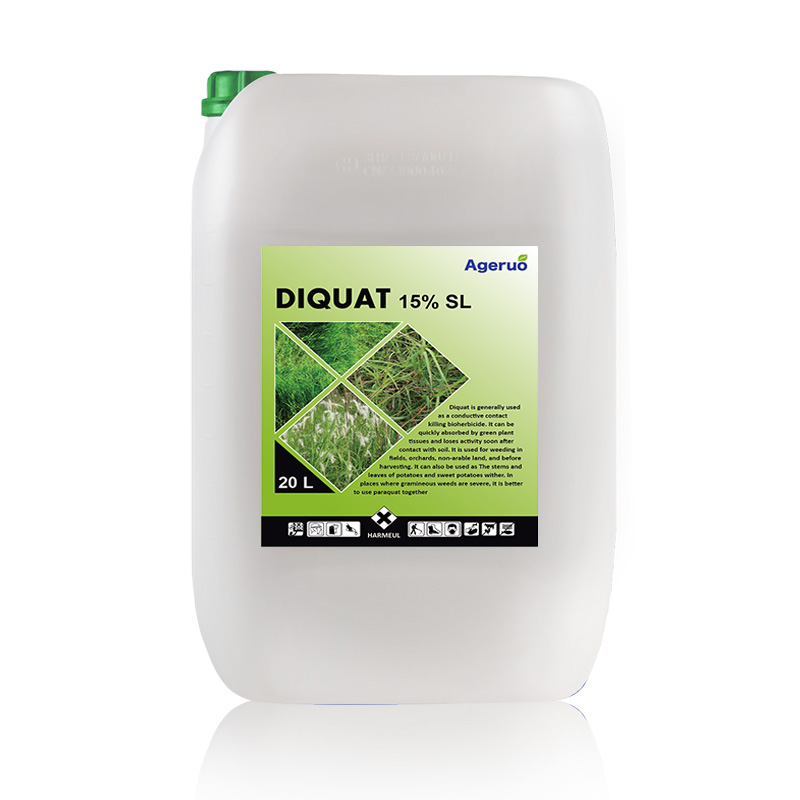Products News
-

Pay attention to these 9 things when spraying herbicides!
It is safest to apply herbicides 40 days after sowing the winter wheat after pouring the headwater (the first water). At this time, the wheat is in the 4-leaf or 4-leaf 1-heart stage and is more tolerant to herbicides. Weeding should be done after 4 leaves. agent is the safest. In addition, at th...Read more -

Paclobutrazol, uniconazole, Mepiquat chloride, Chlormequat, the differences and applications of four growth regulators
Common characteristics of the four Paclobutrazol, uniconazole, Mepiquat chloride, and Chlormequat all belong to the category of plant growth regulators. After use, they can regulate plant growth, inhibit plant vegetative growth (the growth of above-ground parts such as s...Read more -

A broad-spectrum fungicide that can prevent and treat more than 100 diseases—pyraclostrobin
Pyraclostrobin is a methoxyacrylate fungicide with a pyrazole structure developed by BASF in Germany in 1993. It has been used on more than 100 crops. It has a wide bactericidal spectrum, many target pathogens, and immunity. It has strong sex, improves crop stress resist...Read more -

What exactly does gibberellin do? do you know?
Gibberellins were first discovered by Japanese scientists when they were studying rice "bakanae disease". They discovered that the reason why rice plants suffering from bakanae disease grew elongated and yellowed was due to substances secreted by gibberellins. Later, som...Read more -

Diagnosis and control of tomato gray leaf spot (brown spot)
Gray leaf spot is also called sesame leaf spot by vegetable farmers in production. It mainly damages the leaves, and in severe cases, the petioles are also damaged. In the early stage of the disease, the leaves are covered with small light brown dots. The lesions are water-soaked and irregula...Read more -

Both are fungicides, what is the difference between mancozeb and carbendazim? What are its uses in growing flowers?
Mancozeb is a protective fungicide commonly used in agricultural production. It is a complex of maneb and mancozeb. Because of its wide sterilization range, resistance to antibiotics is not easy to develop, and the control effect is significantly better than other fungicides of the same type. And...Read more -

Be sure to pay attention to these when using azoxystrobin!
Azoxystrobin has a broad bactericidal spectrum. In addition to EC, it is soluble in various solvents such as methanol and acetonitrile. It has good activity against almost all pathogenic bacteria of the fungal kingdom. However, despite its many advantages, it is worth mentioning that when using a...Read more -

Triazole fungicides such as Difenoconazole, Hexaconazole and Tebuconazole are used safely and efficiently in this way
Triazole fungicides such as Difenoconazole, Hexaconazole, and Tebuconazole are commonly used fungicides in agricultural production. They have the characteristics of broad spectrum, high efficiency, and low toxicity, and have good control effects on a variety of crop diseases. However, you need t...Read more -

What Pests And Diseases Can Matrine, A Botanical Insecticide, Control?
Matrine is a type of botanical fungicide. It is extracted from the roots, stems, leaves and fruits of Sophora flavescens. The drug also has other names called matrine and aphids. The drug is low-toxic, low-residue, environmentally friendly, and can be used on tea, tobacco and other plants. Matrin...Read more -

What is the difference between glyphosate and glufosinate-ammonium? Why can’t glyphosate be used in orchards?
There is only one word difference between glyphosate and glufosinate-ammonium. However, many agricultural input dealers and farmer friends are still not very clear about these two "brothers" and cannot distinguish them well. So what's the difference? Glyphosate and glufo...Read more -

The difference between Cypermethrin, Beta- Cypermethrin and Alpha-cypermethrin
Pyrethroid pesticides have strong chiral characteristics and usually contain multiple chiral enantiomers. Although these enantiomers have exactly the same physical and chemical properties, they exhibit completely different insecticidal activities and biological properties in vivo. Toxicity and en...Read more -

Diquat usage technology: good pesticide + correct usage = good effect!
1. Introduction to Diquat Diquat is the third most popular biocidal herbicide in the world after glyphosate and paraquat. Diquat is a bipyridyl herbicide. Because it contains a bromine atom in the bipyridine system, it has certain systemic properties, but will not harm the crop roots. It can b...Read more




